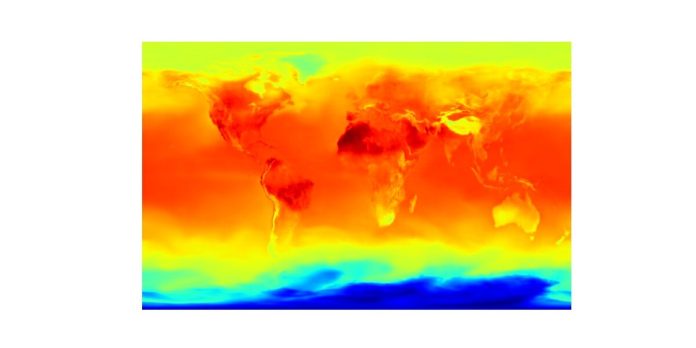IBM has announced a new open-source AI model for a variety of weather and climate use cases that are available to the scientific, developer, and business communities.
Developed by IBM and NASA, with contributions from Oak Ridge National Laboratory, the open-source AI model offers a flexible, scalable way to address a variety of challenges related to short-term weather and long-term climate projection.
Because of its unique design and training regime, the weather and climate foundation model can tackle far more applications than existing weather models.
Potential applications include creating targeted forecasts based on local observations, detecting and predicting severe weather patterns, improving the spatial resolution of global climate simulations, and improving how physical processes are represented in numerical weather and climate models.
How AI foundation models tackle pressing climate issues
In one experiment, the open-source AI model accurately reconstructed global surface temperatures from a random sample of only 5% of original data, suggesting a broader application to problems in data assimilation.
This model was pre-trained on 40 years of Earth observation data from NASA’s Modern-Era Retrospective Analysis for Research and Applications, Version 2 (MERRA-2).
As a foundation model, its unique architecture allows it to be fine-tuned to global, regional, and local scales. This flexibility makes it suitable for a range of weather studies.
The foundation model is available for download on Hugging Face, along with two fine-tuned versions of the model that tackle specific scientific and industry-relevant applications. These are:
- Climate and weather data downscaling: A common meteorological practice is downscaling—inferring high-resolution outputs from low-resolution variables. Typical data inputs include temperature, precipitation, and surface winds, all of which can have varied resolutions.
- Gravity wave parameterisation: Gravity waves are ubiquitous throughout the atmosphere and can affect many atmospheric processes related to climate and weather, such as cloud formation and aircraft turbulence. Traditionally, existing numerical climate models have not sufficiently captured gravity waves, which leads to uncertainties in terms of how exactly gravity waves can affect climate processes.
Reaching beyond limitations
Karen St Germain, director of the Earth Science Division of NASA’s Science Mission Directorate, stated: “Advancing NASA’s Earth science for the benefit of humanity means delivering actionable science in ways that are useful to people, organisations, and communities.
“The NASA foundation model will help us produce a tool that people can use weather, seasonal, and climate projections to help inform decisions on how to prepare, respond, and mitigate.”
Juan Bernabe-Moreno, Director of IBM Research Europe and IBM’s Accelerated Discovery Lead for Climate and Sustainability, added: “This space has seen the emergence of large open-source AI models that focus on a fixed dataset and single use case — primarily forecasting.
“We have designed our weather and climate foundation model to go beyond such limitations so that it can be tuned to a variety of inputs and uses.”
Testing the flexibility of the model
IBM has already collaborated with Environment and Climate Change Canada (ECCC) to test the flexibility of the open-source AI model with additional weather forecasting use cases.
With the model, ECCC is exploring very short-term precipitation forecasts using a technique called precipitation nowcasting that ingests real-time radar data as input.
The team is also testing the downscaling approach from global model forecasts at 15 km to km-scale resolution.
This weather and climate model is part of a larger collaboration between IBM Research and NASA to use AI technology to explore our planet, and joins the Prithvi family of AI foundation models.





